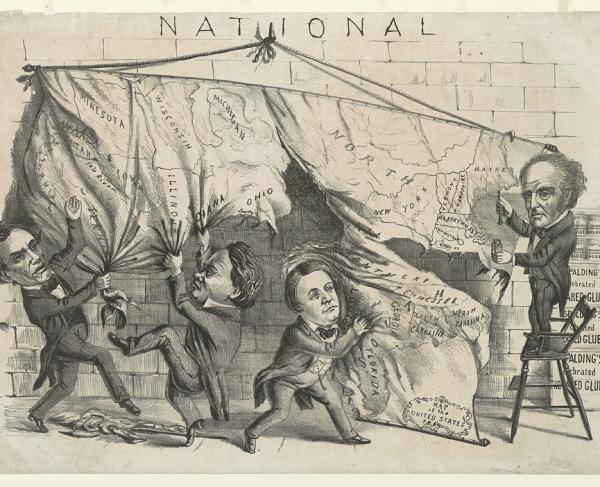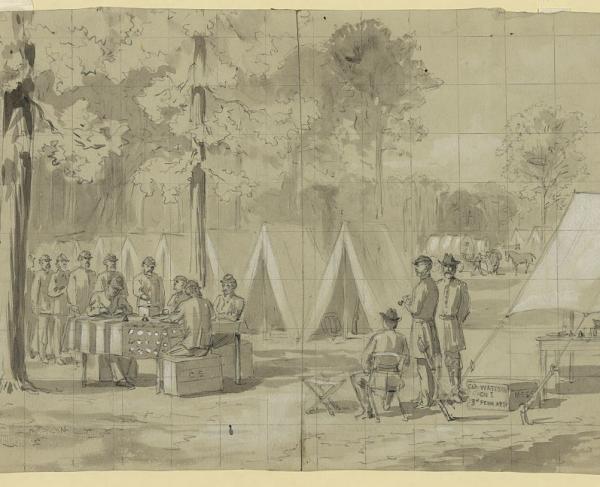Portraying Abraham Lincoln
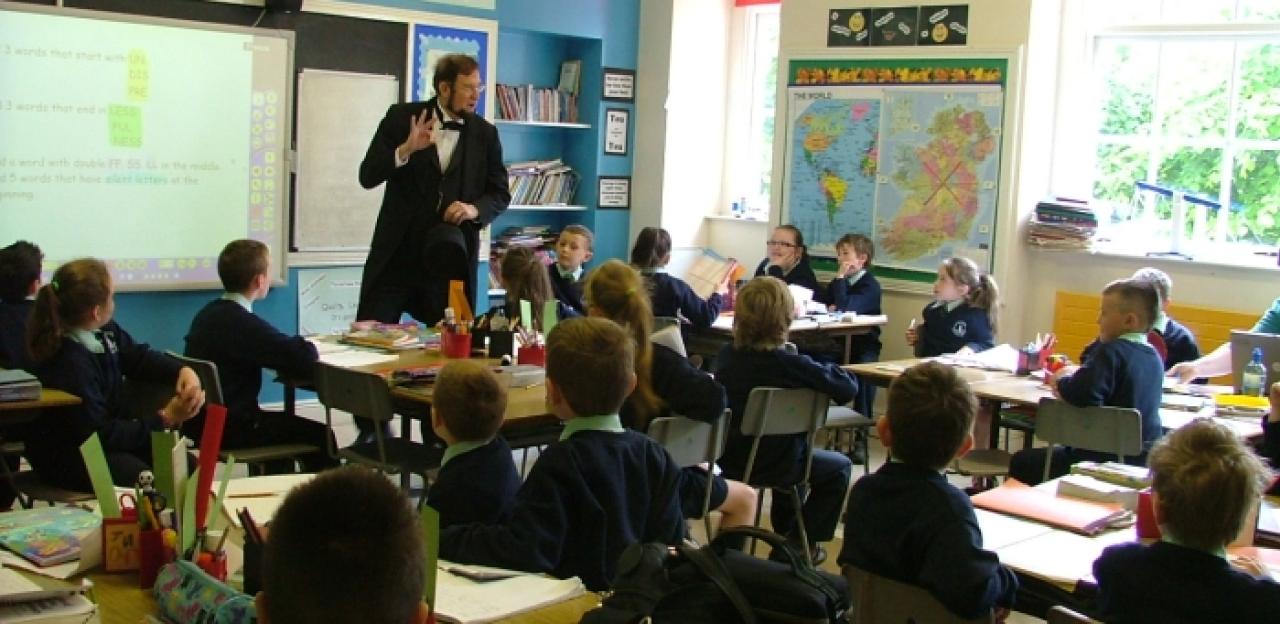
By Robert Brugler
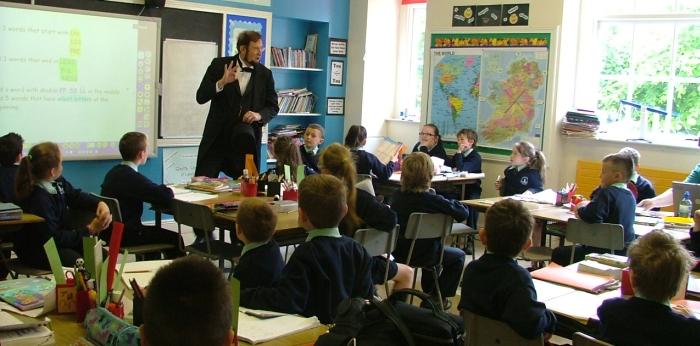
Portraying Lincoln seemed like a good idea. I have been studying Abraham Lincoln and the Civil War for decades, have taught at Gahanna Lincoln High School, was born on the day after his birthday, and have the height, the beard, even the stovepipe hat.
Using hindsight, what was I thinking? In portraying President Lincoln, I would be giving a first-person presentation of one of the most loved (in some areas most hated) and most well-known persons of the American History. There is more to Living History than simply putting on clothing. There is a great amount of research that must go into becoming a first person interpreter. You must know the man.
A historical interpreter of Abraham Lincoln is not just growing a beard and donning a stovepipe hat and other period garb. A true first person presenter is not an actor saying lines. He is a person with the knowledge of Lincoln, the President and his era.
How to appear as Mr. Lincoln
In every way possible there must be an effort to provide an accurate impression. It takes time, determination and discipline to learn.
I do not play dress-up. The appearance of Mr. Lincoln must include period correct clothing and grooming. Examples of Abraham’s clothing are readily available & should be followed: a black frock coat, a shawl vest, a cravat (a type of bow tie of the period), a pocket watch, black shoes, etc. and having an accurate stovepipe hat is imperative.
A Lincoln styled beard is essential. Children will want to know if it is real and may attempt to give it a tug. If a false beard is used, it is vital that is stays on. Nothing ruins the aura of a historical presentation more than when the beard falls off.
How to learn about the President
Every attempt to READ accurate and important materials is made. While it is impossible to read all of the 16,000+ books that have been written about Abraham, but there are reliable primary sources and books that are considered the “cream of the crop”.
Primary Sources
- Angle, Paul McClelland; Earl Schenck Miers (1992). The Living Lincoln: the Man, his Mind, his Times, and the War He Fought, Reconstructed from his Own Writings.
- Basler, Roy P. et al., eds. (1953). The Collected Works of Abraham Lincoln. 9 vols. Available and searchable on line at http://quod.lib.umich.edu/l/lincoln/
Biographies
- Donald, David Herbert. Lincoln (1999) The most useful scholarly biography.
- Goodwin, Doris Kearns. Team of Rivals: The Political Genius of Abraham Lincoln (2005)
- Nicolay, John George and John Hay. Abraham Lincoln: a History (1890)
- McPherson, James M. Abraham Lincoln (2009).
- Thomas, Benjamin P. Abraham Lincoln: A Biography (1952; 2nd ed. 2008)
- White, Jr., Ronald C. (2009). A. Lincoln: A Biography.
Specialty topics
McPherson, James M. Battle Cry of Freedom: The Civil War Era(1988). Pulitzer Prize winner surveys all aspects of the war.
I never under any circumstances knowingly give incorrect information. Through study, a Lincoln presenter must develop a thorough knowledge of him and be able to share that knowledge in a way that represents the President in his mannerism, style, and language. He should be able to answer questions in the language of his day whenever practicable & understandable to the visitors. Be the best Lincoln you can be.
Presenting Lincoln
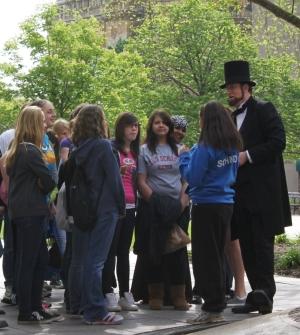
While I am “Being Lincoln” in full Lincoln garb I do not say or do anything that would be out of character for the President. The information I know goes up to April 14, 1865. When asked questions after that time, my reply is “is that so” or “interesting, what have you heard?”
Adjustments must be made when presenting Mr. Lincoln. I gear my interpretation of his thoughts, speeches, and methods of interacting to my audience.
With very young children, after my presentation, I tell them that I am not the real Abraham Lincoln. If I was, I would be 205 years old. It is not good to be a ghost. Young children typically prefer a ‘show & tell’ presentation. For example: the stovepipe hat, the beard, the pocket watch, and period correct straight shoes that I carry around in my carpet bag containing photographs from the 1860s, Lincoln’s life masks, shackles, Minié balls, hardtack & tooth extractors to name a few.
At schools, I ask the teacher to have the students to make three of their own questions they would like to ask Mr. Lincoln and then narrow it down to their top choice. The students will then ask the questions in a press conference format; standing up, saying “Mr. President”, then asking their questions. In working with the curriculum, I can examine it and cover come of the areas for them.
Often during a question and answer period at the end of my presentation, there will be questions that I cannot answer. I typically say, “I don't know, but I will try to find the answer for you. Please provide me with a method of communication with you.”
It is important to know the Gettysburg Address, to understand its background and meaning. I use the Bliss copy as the version I give (Lincoln wrote five copies to give to others; the Bliss copy was the last and was version placed on the wall of the Lincoln Memorial).
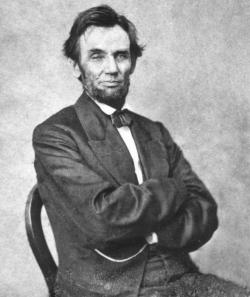
Dr. Martin Johnson in his award winning book, Writing the Gettysburg Address, has concluded that the President read the speech not wanting to be misunderstood. In the three paragraphs, he spoke to the past, the present and the future. I believe the most important sections of speech are found in the third paragraph in which he talks about the “unfinished work” and the “great task remaining before us." The war must continue and the Union be saved.
In giving the address, a presenter should speak slowly because Lincoln spoke about 105 words per minute in compared to the normal 150 words per minute. Also he was speaking to thousands of visitors and needed to be heard. Many in the audience had lost loved ones while others wondered why we should continue with the war.
I also like to provide a source of information for guests so they may continue to learn about Lincoln, the Civil War and its history in general. If they are interested, they may go to my web site to see the links found under Lincoln resources that I recommend, or to www.AbrahamLincolnOnline.org, or to the Civil War Trust's Lincoln resource hub.
Finally, as a presenter, I believe that if you acquire a person’s heart first and the head will follow. Interact with audience before a presentation, get to know them, make them feel comfortable and important. Abe would do the same.
